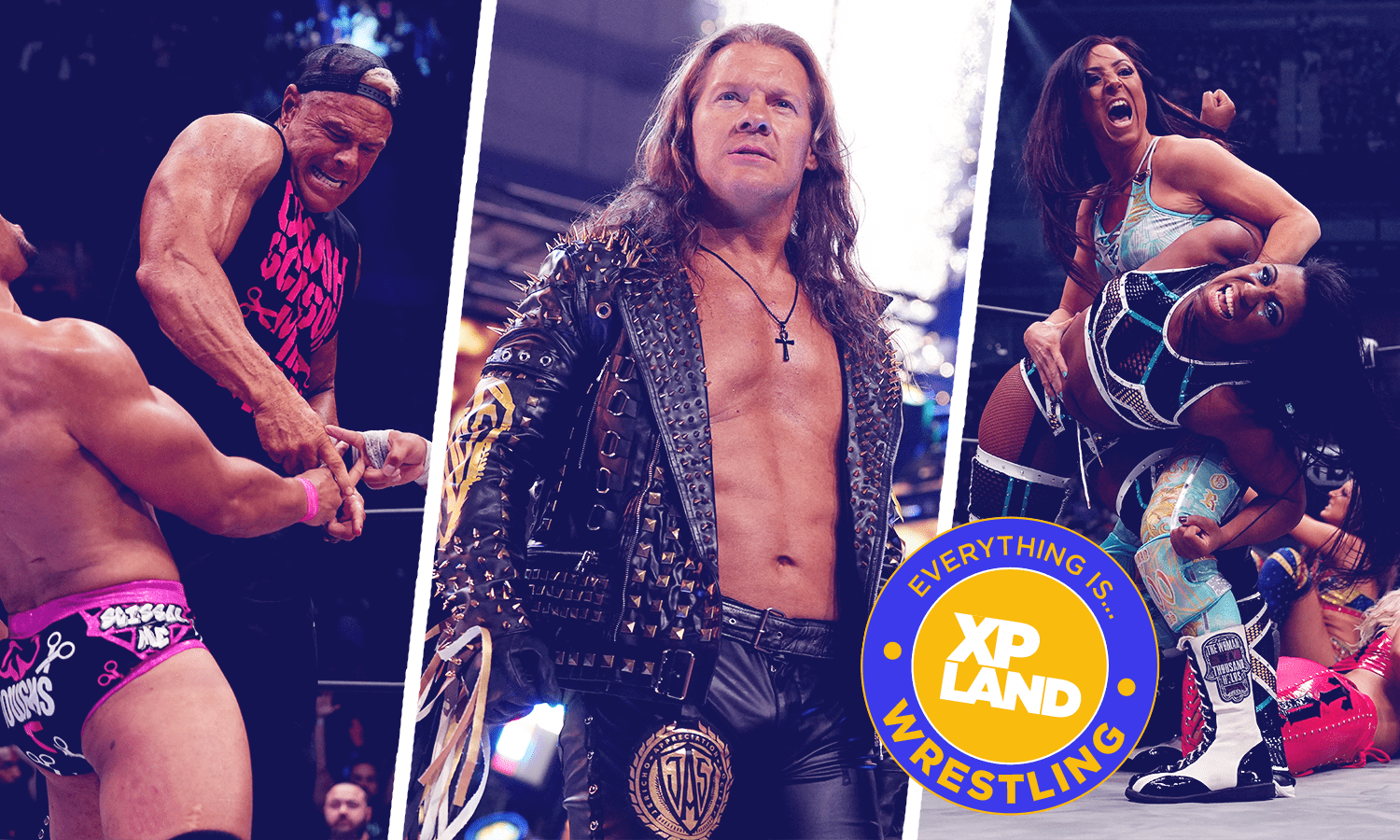Everything Is Wrestling: 6 reasons why you can’t escape pro wrestling’s reach

Until recently, the closest I’d ever come to professional wrestling was one night in a school gym outside Salem, Oregon. And I’m pretty sure that was a cage fight. Then, I was invited to an All Elite Wrestling event. Pro wrestling is famously stunt work; it’s scripted, just like drag shows and live theater. What I experienced was a combination of those things, jacked up on the collective energy of a sporting event. I’ll be honest: I found the entire experience intoxicating and inspiring. And there are countless lessons for the B2B world hidden in the ring — whether its building connections through humor, creating community or creating new business models based on audience feedback, professional wrestling is (a) serious business. 1) It managed to be very accessible to the uninitiated. For some of us, attending an event where you know no one is a special hell. And if it relies on audience participation? Forget it. To prepare for my evening with the wrestlers, I did ten minutes of Googling — enough to learn that we’ve come a long way from the pro wrestling I ignored in my childhood — and rewatched John Cena’s GQ interview. Which is to say:...